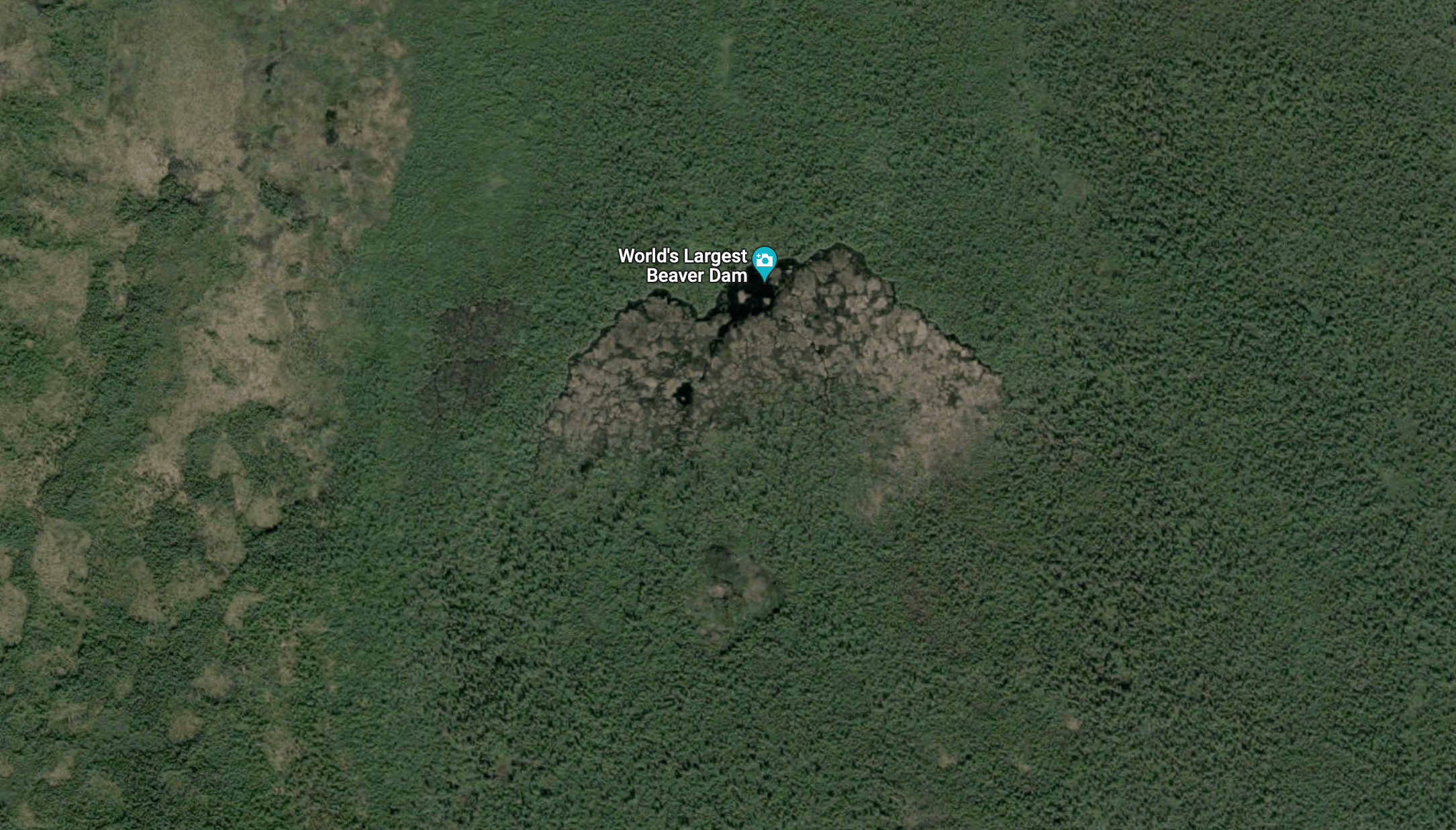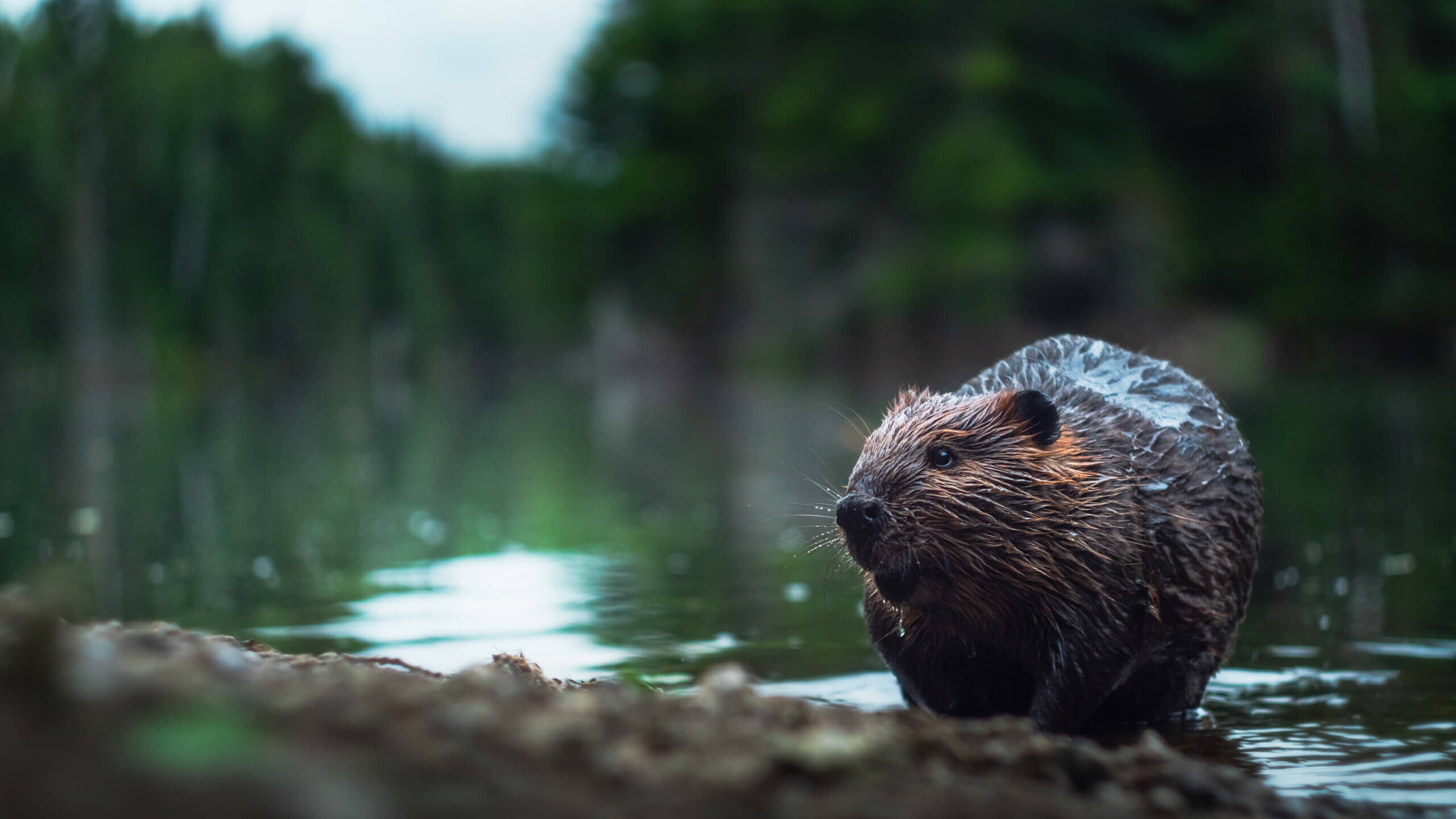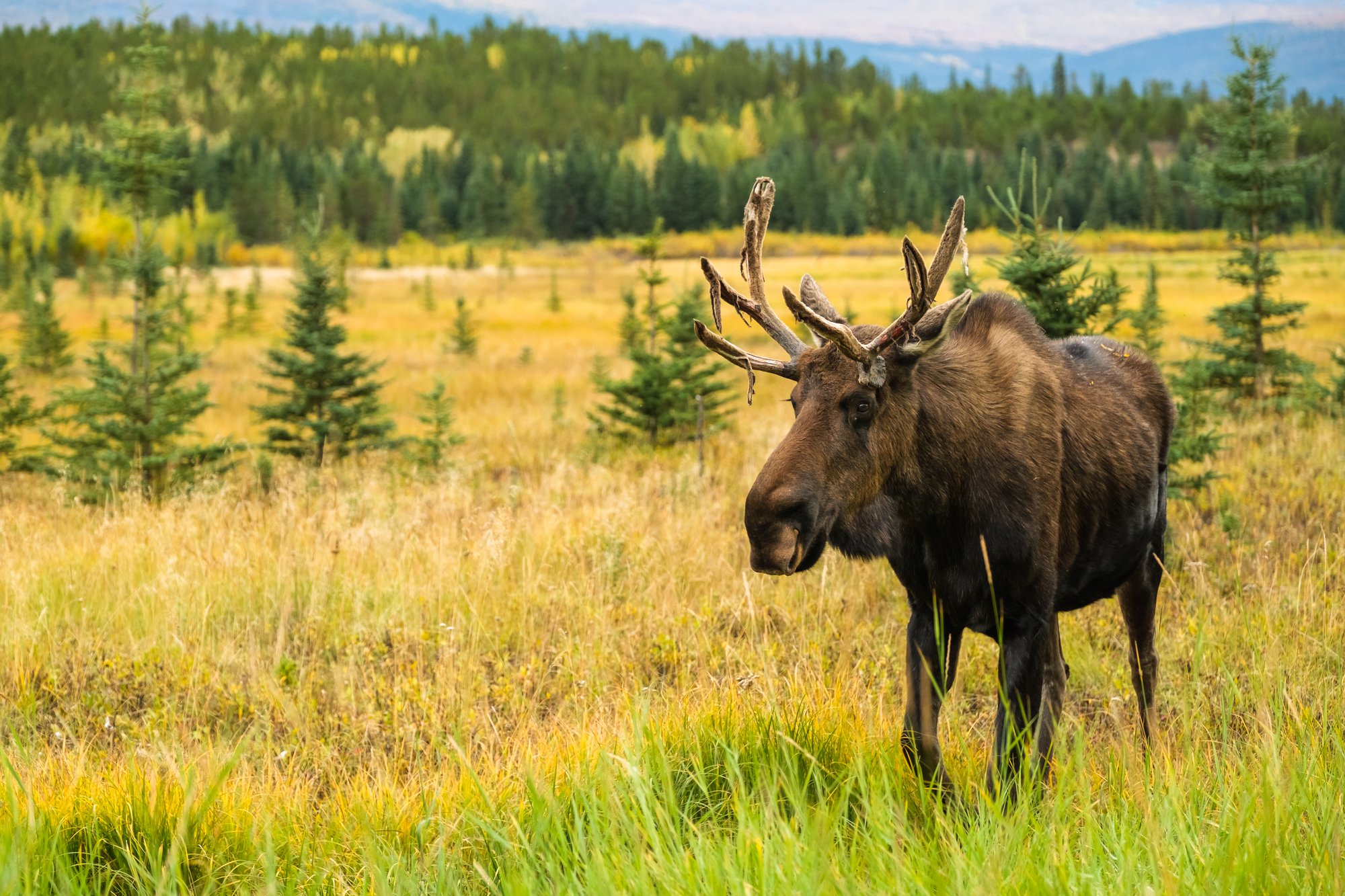Celebrate International Beaver Day
While moose and bears often get the spotlight when it comes to iconic Canadian wildlife, it is actually the industrious beaver that is Canada’s national animal. April 7th is International Beaver Day — a day to bring awareness about the beaver’s place in our ecosystem — and so we thought it fitting to dedicated some space to this incredible animal and highlight some cool beaver facts.
You may already know that beavers are the largest rodent in North America, that they cut down trees to create dams and that they can be identified by their long flat tails. But here are a few lesser known facts about these interesting creatures:
Family Matters
Beavers mate for life and are known to be fiercely protective of and loyal to their families. They typically mate in the winter and have babies (kits) in spring (April and May). Young beavers stay with their families for the first two years and then head off to start a family of their own.
Home Sweet Home
Contrary to what some believe, beavers do not live in dams. They create clever little homes, called lodges, in the middle of water and these homes are accessible only from underwater. They do this to protect themselves and their families from predators. Lodges are built with mud, sticks and logs, usually in swallow ponds or along riverbanks. These lodges look like a rounded pile of sticks and they contain a dry chamber inside that stays warm in the winter.
Dental Work
If you’ve ever seen a beaver’s teeth, you’ll know that they are a startling shade of orange. While we humans have calcium in our tooth enamel and most rodents have magnesium, a beaver’s tooth enamel is actually reinforced by iron — making them super strong and, well, orange.
Underwater Pantry
A beaver eats the bark, leaves, buds and twigs of trees such as maple or birch. Since they do not hibernate like bears during the winter, they have to gather food in the warmer months to last them through the winter. They make an underwater pantry filled with their favourite foods, deep under water where it won’t freeze. They can dive down and bring up food to the lodge.
Key to the Ecosystem
Beavers are known as a keystone species. This means that they have a huge impact on their environment and affect the lives of other species. Beaver dams, while they can sometimes be a nuisance when they flood people’s properties, are also a key to a thriving ecosystem. Beaver dams create wetlands that are critical habitats for other species such as frogs, fish, birds, and insects, they filter water and lower the risk of forest fires.
Oh, Dam!

Just how big is it? According to Parks Canada, the front of the dam runs approximately 775 metres in length (about seven footballs fields) but the entire perimeter of the dam area is close to 2,000 metres. The pond created by this dam holds enough water to fill 1,600 hockey rinks or approximately 92,000 dump trucks.
You can search for “World’s Largest Beaver Dam” in Google Maps and see it’s sheer size for yourself or visit the Parks Canada site for some cool photos from different vantage points.




